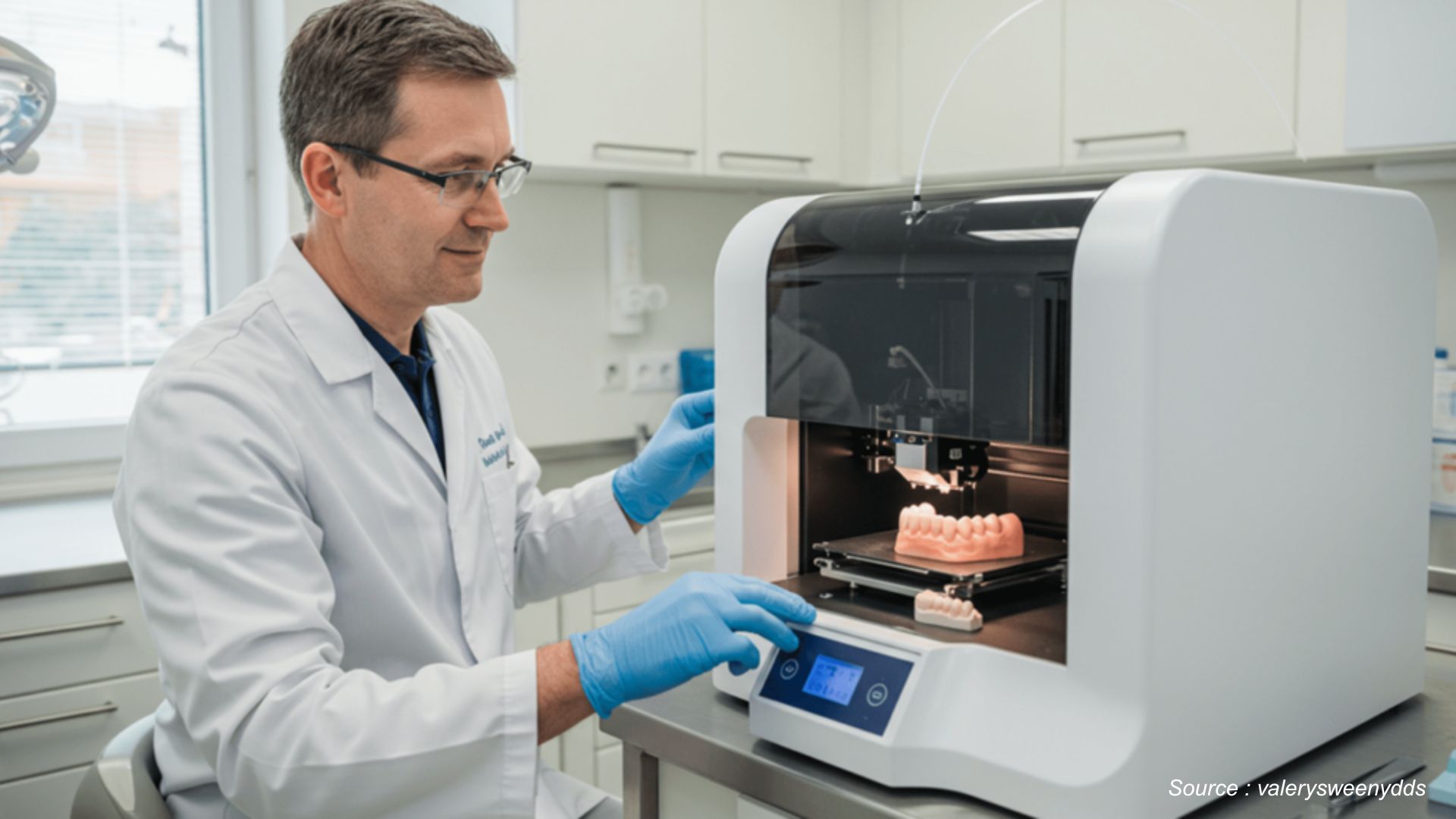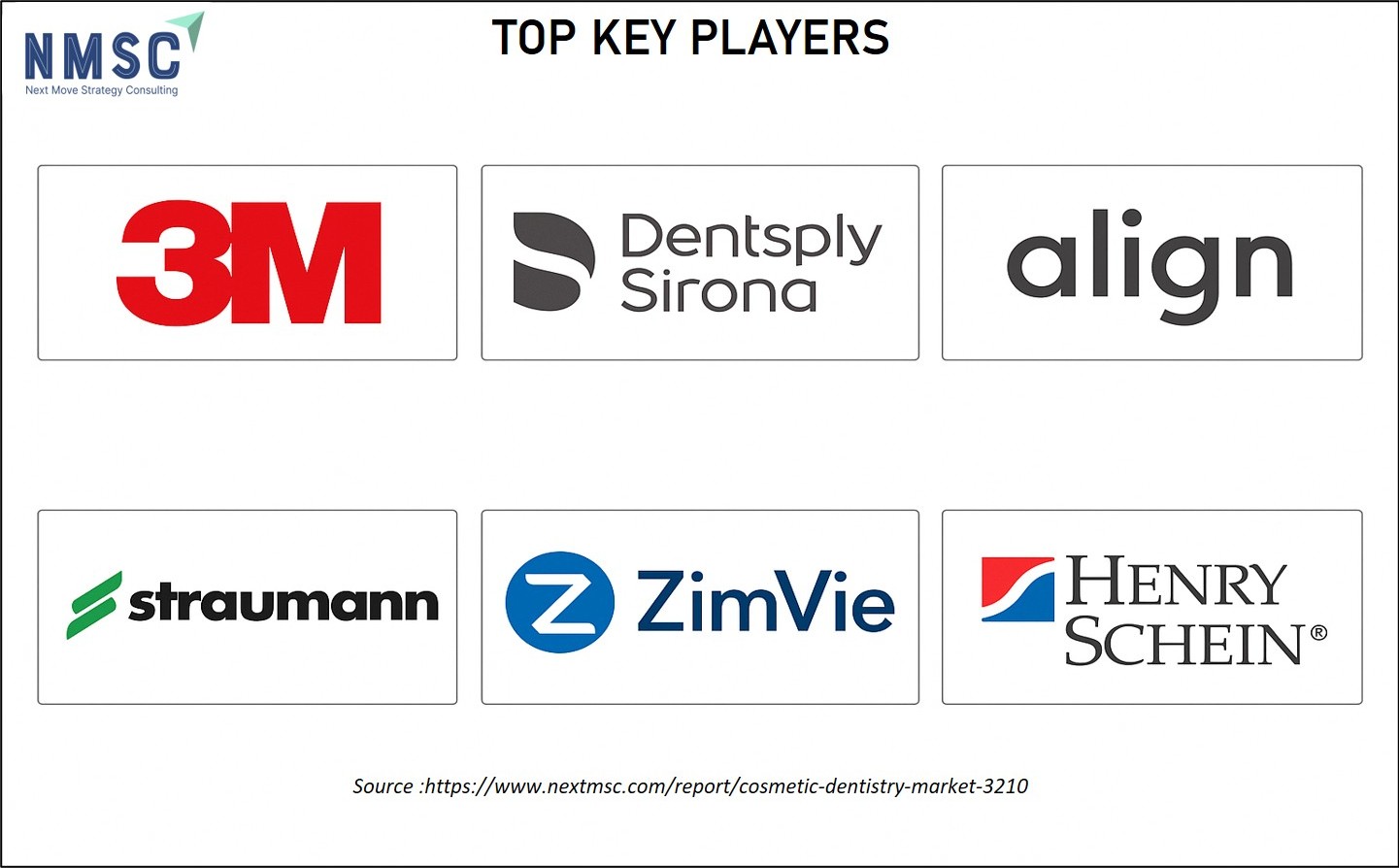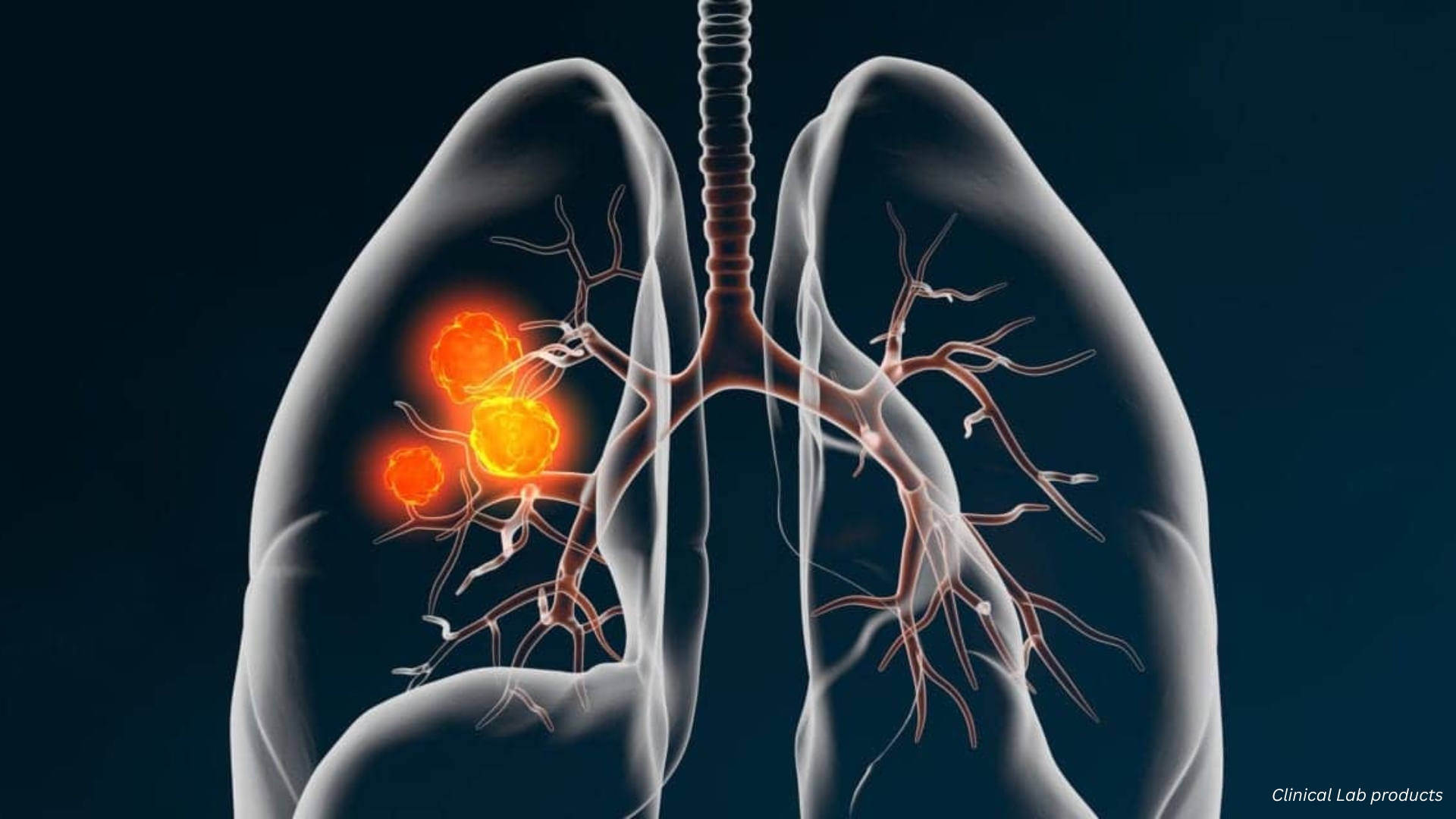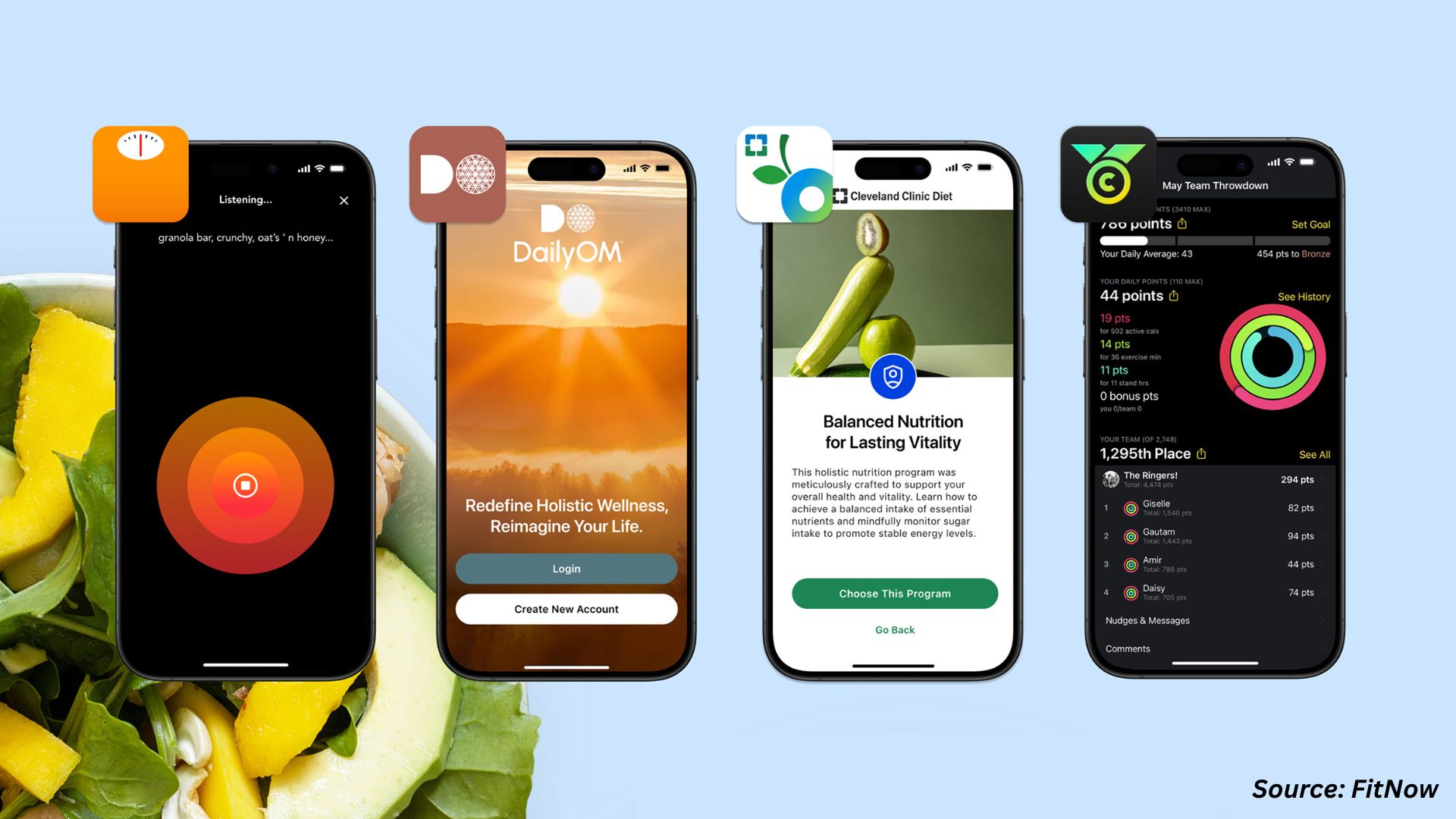Smile Tech 2025: How AI and 3D Printing Are Transforming Cosmetic Dentistry
Published: 2025-09-10

Imagine walking into a dental clinic and leaving with a brand-new smile—crafted by artificial intelligence and printed in 3D, all in a single visit. Welcome to Smile Tech 2025, where cutting-edge technology is redefining cosmetic dentistry. No longer limited to traditional molds and lab waits, today’s treatments are faster, smarter, and more precise than ever before. From AI-powered smile design to same-day veneers printed chairside, the future of aesthetic dentistry is already here—and it is dazzling.
The cosmetic dentistry world is ushering in a new era. With artificial intelligence (AI), advanced 3D printing, and CAD/CAM technologies, dental practices are providing visually stunning, precise, and efficient treatments. Let us explore the latest trends, innovations, and industry impact driving this transformation.
Market Overview
The global Cosmetic Dentistry Market size is predicted to reach USD 83.55 billion by 2030 with a CAGR of 12.9%. The growing health expenditure, rising disposable income, and aging population are the primary drivers for the growth of the market. However, a number of the cosmetic procedures tend to have very expensive associated costs that hinder the industry expansion.
For the latest market share analysis and in-depth of Cosmetic Dentistry, Download FREE Sample
The Latest Advancements in Cosmetic Dentistry: AI, 3D Printing, and Beyond
Digitalization of dentistry
Dentistry, like many other medical fields, is undergoing significant changes due to the digital transformation of healthcare. These advancements are reshaping core processes, leading to improved effectiveness and precision in patient care.
A variety of technologies are being integrated into dental practices, including CAD/CAM systems paired with 3D printing, artificial intelligence (AI), and electronic health records. However, the extent of digital adoption varies widely among practices.
Studies indicate that larger dental centers tend to embrace digital solutions more quickly. Younger practitioners and those actively engaged in digital training programs are also more inclined to adopt new technologies. Despite this, financial limitations and a lack of extensive training opportunities remain key challenges hindering the broader digitalization of dentistry.
Artificial Intelligence in Cosmetic Dentistry
Artificial intelligence is playing a crucial role in modern dental procedures. AI-powered tools help dentists analyze oral health conditions with greater accuracy. They assist in diagnosing dental issues, predicting treatment outcomes, and designing personalized treatment plans. Here are some ways AI is changing cosmetic dentistry:
1. AI-Powered Smile Design
Dentists now use AI software to create digital models of a patient’s teeth. These models predict how a smile will look after cosmetic treatments such as veneers or teeth whitening. This helps patients visualize their new smile before undergoing any procedure.
2. Automated Diagnostics
AI algorithms analyze dental images to detect cavities, gum disease, and alignment issues. This technology improves early diagnosis and ensures that cosmetic treatments are built on a healthy foundation.
3. Virtual Consultations
Many dental clinics offer AI-based virtual consultations. Patients can upload images of their teeth, and AI tools analyze the images to suggest suitable treatments. This saves time and helps patients make informed decisions.
3D Printing in Cosmetic Dentistry
3D printing has revolutionized many industries, and dentistry is no exception. It allows dentists to create dental restorations with high precision. Here’s how 3D printing is making a difference:
1. Custom Dental Crowns and Veneers
Traditionally, getting a dental crown or veneer required multiple visits. With 3D printing, dentists can create customized restorations in a single appointment. This reduces waiting time and ensures a perfect fit.
2. Faster and More Accurate Aligners
Clear aligners have become a popular alternative to traditional braces. 3D printing makes it possible to produce clear aligners quickly and with a high level of accuracy. This ensures that patients receive aligners that fit comfortably and effectively move their teeth into place.
3. Affordable Prosthetics and Implants
For patients needing dental implants or dentures, 3D printing offers a more cost-effective solution. The technology allows dentists to create high-quality prosthetics at a lower cost compared to traditional methods.
Digital Innovations Unlock Significant Growth Potential in the Cosmetic Dentistry Market
The adoption of advanced digital tools such as 3D imaging and computer-aided design (CAD) is creating strong growth momentum within the cosmetic dentistry market. On February 2024, Align Technology officially introduced the iTero Lumina — its first new intraoral scanner release since the launch of the iTero Element 5D. This next-generation digital platform enhances scanning efficiency, supports more precise treatment planning, and boosts patient engagement with its advanced visualization features.
Likewise, in March 2025, Dentsply Sirona unveiled the Primescan 2—a cloud-integrated intraoral scanner that streamlines digital workflows and simplifies both restorative and orthodontic procedures. These cutting-edge tools enable faster and more accurate treatment planning, better-fitting restorations, and improved overall precision. As digital dentistry continues to evolve, it is poised to redefine the cosmetic dentistry space with enhanced treatment outcomes, reduced recovery periods, and elevated levels of patient satisfaction.
Industry Leaders Driving the AI & 3D Printing Revolution in Cosmetic Dentistry
1. 3M Company
A global science-based conglomerate, 3M delivers innovative dental products including dental adhesives, composites, and impression materials. Its 3M Oral Care division plays a significant role in restorative and aesthetic dentistry, known for quality and R&D-driven solutions.
2. Dentsply Sirona
As one of the world’s largest dental equipment and consumables manufacturers, Dentsply Sirona leads in CAD/CAM systems (CEREC), imaging, and treatment centers. It is a top player in digital and aesthetic dentistry, trusted by clinics worldwide.
3. Align Technology, Inc.
Known globally for its Invisalign clear aligners, iTero scanners, and digital treatment software, Align Technology is a pioneer in digital orthodontics. It combines AI, 3D printing, and cloud-based platforms to transform smile correction.
4. Institut Straumann AG
A Swiss-based global leader in dental implants and restorative solutions, Straumann specializes in high-end cosmetic treatments including implants, orthodontics, and regenerative dentistry, with strong emphasis on digital workflows.
5. ZimVie Inc.
ZimVie focuses on dental and spine solutions, particularly known for its dental implants and digital workflows aimed at improving oral aesthetics and function.
6. Henry Schein, Inc.
A global distributor of healthcare products and services, Henry Schein provides a comprehensive portfolio of dental consumables, equipment, and digital solutions. It supports dental practices with technology, financing, and clinical tools.
Conclusions: The Future of Cosmetic Dentistry Is Digital
The integration of Artificial Intelligence (AI) and 3D printing is no longer a futuristic concept—it is the new standard in cosmetic dentistry. These technologies are revolutionizing how treatments are planned, produced, and delivered. AI brings precision to diagnosis and smile design, while 3D printing offers rapid, customized restorations that enhance both clinical outcomes and patient satisfaction.
As dental clinics adopt these innovations, they are witnessing faster turnaround times, improved treatment accuracy, and stronger patient engagement. The synergy between AI and additive manufacturing is not just improving smiles—it is reshaping the business model of aesthetic dentistry.
For stakeholders—whether dental professionals, investors, or tech developers—the message is clear: embracing digital transformation is no longer optional; it is essential for staying competitive in the evolving cosmetic dentistry landscape.
About the Author
 Ankita Biswas is an experienced SEO Executive and Content Writer with 2.5+ years in digital marketing. She excels in SEO, content creation, and data-driven strategies that boost online visibility and engagement. Known for simplifying complex concepts, Ankita creates impactful content aligned with industry trends. In her free time, she enjoys reading, singing, and playing the Casio keyboard.
Ankita Biswas is an experienced SEO Executive and Content Writer with 2.5+ years in digital marketing. She excels in SEO, content creation, and data-driven strategies that boost online visibility and engagement. Known for simplifying complex concepts, Ankita creates impactful content aligned with industry trends. In her free time, she enjoys reading, singing, and playing the Casio keyboard.
About the Reviewer
 Sanyukta Deb is a seasoned Content Writer and Team Leader in Digital Marketing, known for her expertise in crafting online visibility strategies and navigating the dynamic digital landscape. With a flair for developing data-driven campaigns and producing compelling, audience-focused content, she helps brands elevate their presence and deepen user engagement. Beyond her professional endeavors, Sanyukta finds inspiration in creative projects and design pursuits.
Sanyukta Deb is a seasoned Content Writer and Team Leader in Digital Marketing, known for her expertise in crafting online visibility strategies and navigating the dynamic digital landscape. With a flair for developing data-driven campaigns and producing compelling, audience-focused content, she helps brands elevate their presence and deepen user engagement. Beyond her professional endeavors, Sanyukta finds inspiration in creative projects and design pursuits.

















Add Comment